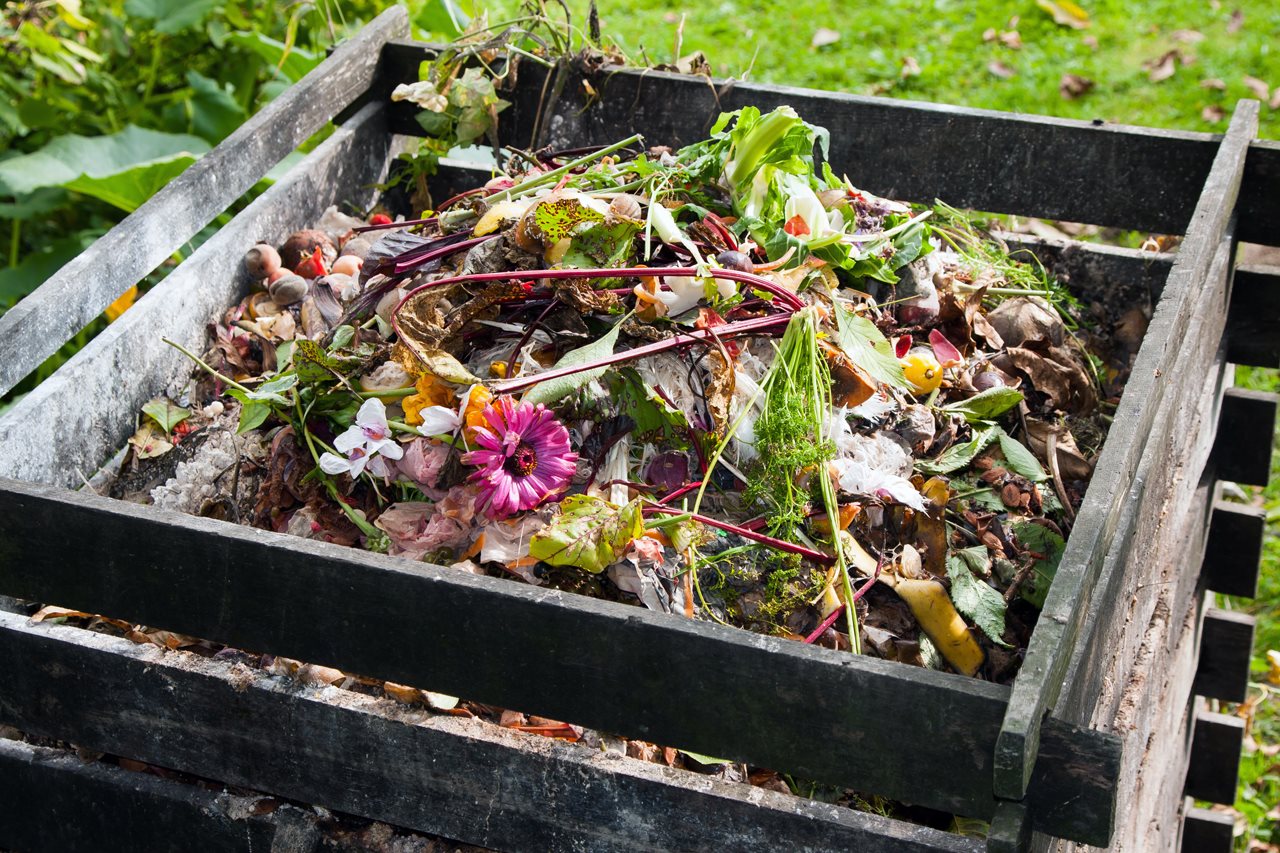2020-03-31T07:01:00
(BPT) – Men and women in the United States armed forces give a lot for their country, but it’s not just those enlisted that sacrifice. Estimates show there are more than a million military children of active duty members worldwide. These children are the nation’s youngest heroes, often dealing with frequent moves and parents who work irregular schedules, including demands that may keep them deployed for months or even years.
The Month of the Military Child honors these children. However, they deserve gratitude all year long for the sacrifices their families make. If you know a military child, you can show your support in many ways. Here are some ideas for honoring military children and helping them feel appreciated and connected to their family near and far:
Celebrate young heroes
Encourage military children to share their story through the inaugural ‘Hunt Little Heroes’ program, which celebrates the special moments that make our military families and their children heroes. Children of military families can share their “Hero Story” of what they think it takes to be a hero and how they have been a positive influence in their community. Submissions can be via a 300-word essay, a drawing or a video. The Hunt Little Heroes program is open to all children of military families, not only those living within HMC housing communities. Winners will be selected and recognized in their community with a special “coining” ceremony as well as a monetary prize of $1,000 to the first place “Little Hero,” $500 to second place, and $300 to the third place. Half of each monetary prize will be donated to a charitable organization of the Little Hero’s choosing. All applicants will receive a special hero cape, mask and a letter of appreciation for sharing their hero story or drawing. Submissions are open through April 20, 2020. Learn more at huntlittleheroes.org.
Share stories
Sharing stories is an important part of the human experience. Military children long to know more about their family members, particularly those who are deployed or must work away from the home. If you have stories about their loved ones, take time to share them. It might be a funny story of their dad as a child or maybe when their mom graduated from military academy. If you can’t see children in person, call or schedule a video chat. If possible, share pictures that help bring color to any story. Even flipping through old photographs can be a wondrous experience for children who want to learn more about their loved ones, especially those they miss. What’s more, write letters to children and send them in the mail. Every child loves to get mail, and your letter sharing special stories might become a cherished keepsake. Encourage them to write back and you might find a blossoming pen-pal relationship that you both can enjoy.
Wear purple and convey gratitude
Purple is an important color because it symbolizes all branches of the military. When you wear purple, you are honoring all people in the military, including families. Organize a day your family all wears purple and take a picture to share on social media. You might even plan a day when your neighborhood or school all dresses in purple. Take time to thank military members for their service, including children. Kids endure unique hardships of a military lifestyle, and recognizing them with gratitude is important. They want to feel noticed and appreciated, and showing gratitude directly is sure to be encouraging. Tell them thank you and explain how you think they are a hero for being part of a military family. A moment of your time can mean so much to a child who struggles with moving or having a parent far away.
These three ideas can help you honor children in military families and help them stay connected to loved ones. Your efforts will be appreciated by the nation’s smallest heroes.













